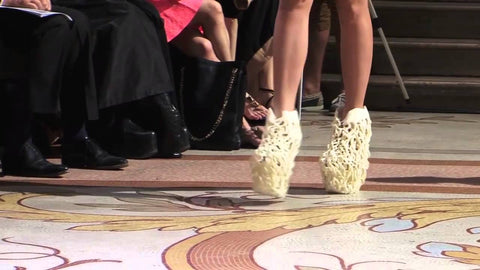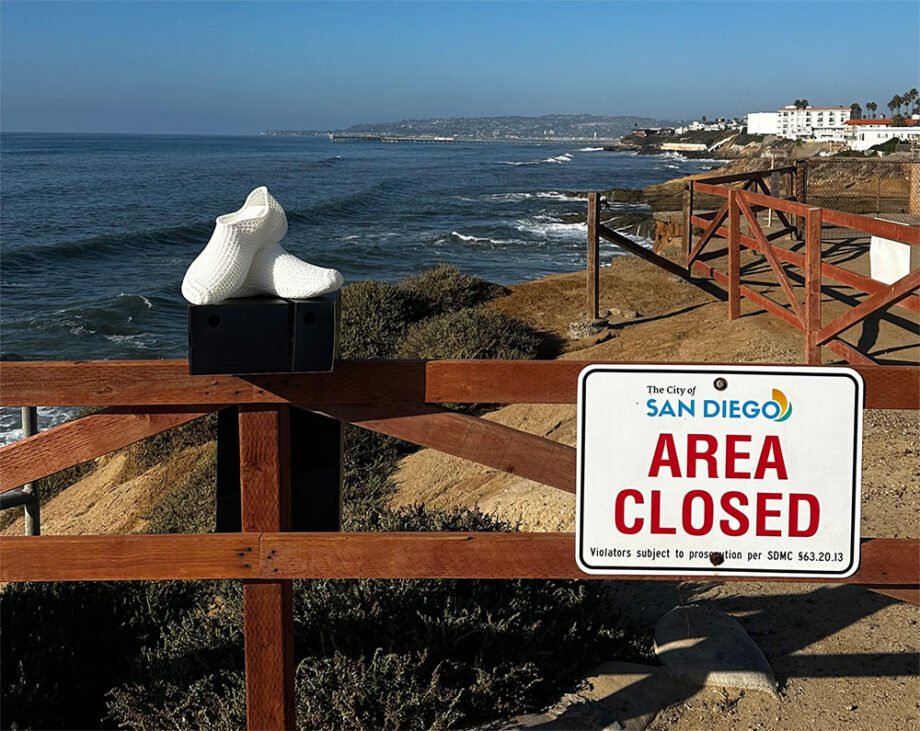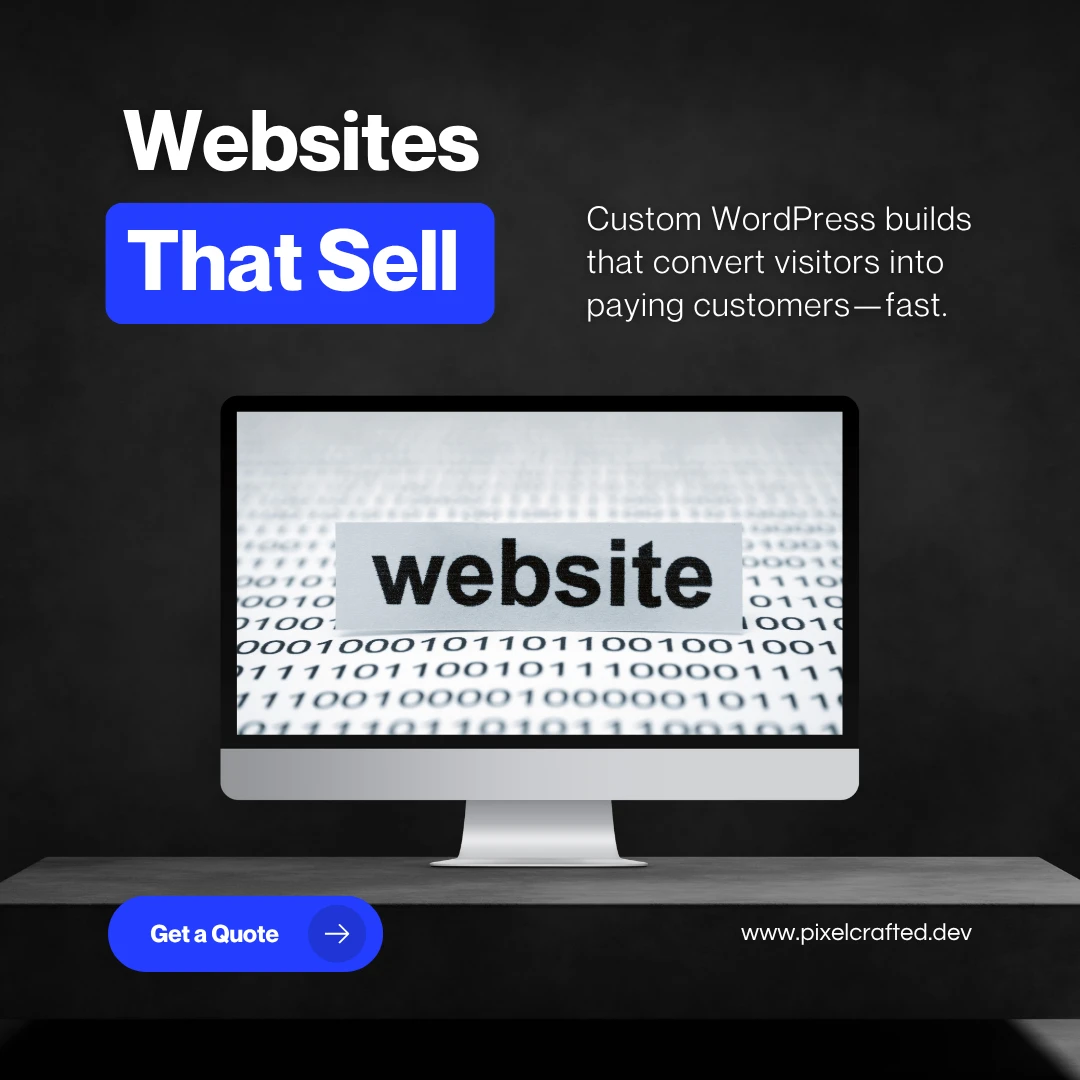If you love 3D printing, lightweight footwear, and the idea of a single-piece lattice that cushions your every step like a tiny trampoline — PollyFab deserves a very serious look. This guide breaks down the tech, the fit, the honest pros & cons, and what owners are actually saying. I’ll also point you to where to check sizes and live prices. [ Check current prices & sizes — Buy PollyFab → ]
Quick verdict — who PollyFab is for (and who should probably pause)
Buy if you are: a 3D-printing enthusiast, a traveler who prizes packable shoes, someone wanting ultra-light recovery shoes, or a minimalist curious for next-gen footwear tech.
Pause / think twice if you are: a heavy-distance runner after max cushioning/stability, someone who needs traditional high-ankle support for serious hiking, or you hate “weird but brilliant” looks.
Top perks in one line: Featherweight, washable, breathable lattice built from a partially bio-based elastomer that snaps back like a pogo-stick for your feet. Neat, right?
What is PollyFab? The brand in 30 seconds
PollyFab makes what looks like footwear from the future: fully 3D-printed shoes where the lattice does double (or triple) duty — upper, midsole, and outsole all fused into one single piece. Their big two models right now are Aero (the ultra-light, recovery-style pair) and Flux (the more structured, urban trainer with lots of rebound). The secret sauce is their ELASTO 1000 BIO polymer — a bio-based elastomer engineered for stretch, snap-back, and durability.
Why this matters: instead of gluing or stitching parts together, the shoe is printed to shape. Less assembly, less waste — and a look that makes people double-take.
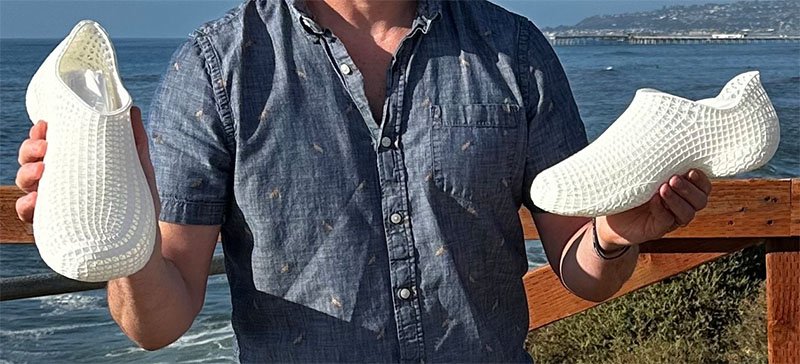
Aero vs Flux at a glance
Aero
- Typical weight (per shoe): ~97–105 g (example women’s US5)
- Best for: Recovery, barefoot-like wear, travel
- Feel: Minimal, airy, sock-like
- Care: Machine-washable, hoseable
Flux
- Typical weight (per shoe): ~300 g
- Best for: Urban training, responsive everyday wear
- Feel: Cushioned, springy, structured
- Care: Machine-washable, hoseable
if you’re curious about sizes and live stock: [ See latest PollyFab prices & sizes ].
The tech: ELASTO 1000 BIO + Hyper Air™ lattice (in plain English)
Time for a little geek-out. PollyFab’s lattice uses a polymer called ELASTO 1000 BIO — the “BIO” part is important: about half of the polymer is plant-derived. It’s engineered to be elastic (stretchy), resilient (snaps back), and, importantly, suitable for a lattice you can machine-wash without falling apart.
PollyFab’s marketing and lab tests highlight two headline numbers:
- Very high rebound — brand tests claim around 86% energy return in some parts of the design.
- High impact absorption — their Hyper Air™ lattice reportedly absorbs notably more impact energy than a standard foam midsole in lab conditions.
What that feels like in reality: when you step, the lattice compresses and then pushes you forward a little — think of a soft spring underfoot. The lattice also gives the shoe its distinctive look and 360° breathability — air flows around your foot in a way a dense foam never could.
Real-world comfort & performance: lab claims vs owner reports
Lab numbers are fun — but what do actual people say after a week, a month, or a jog?
Common praises from owners
- “Feels like walking on air.” Many users describe an airy, cushiony feel that’s unlike foam.
- Breathability: The lattice vents sweat and heat really well — great for hot climates or long standing days.
- Lightness: Aero users rave about how they forget they’re wearing shoes. Flux wearers like the springiness without bulk.
- Easy cleaning: Hose them down, put them in a machine if needed — lattice makes quick work of dirt.
Recurring cautions / limitations
- An adaptation period — going straight from bulky foam to a lattice shoe can feel strange; some recommend alternating pairs initially.
- Traction in certain conditions — some owners noted the lattice tread can be different from classic rubber outsoles; be cautious on greasy surfaces.
- Aesthetic & fit — the look is polarizing (fans love it; others don’t). Fit can be tricky if you have very wide feet.
Bottom line: if you value the novelty and benefits (light, breathable, washable), you’re likely to be delighted. If your priority is heavily structured long-distance running or ankle protection for rugged hikes, this isn’t a direct swap for your performance trainers or hiking boots.
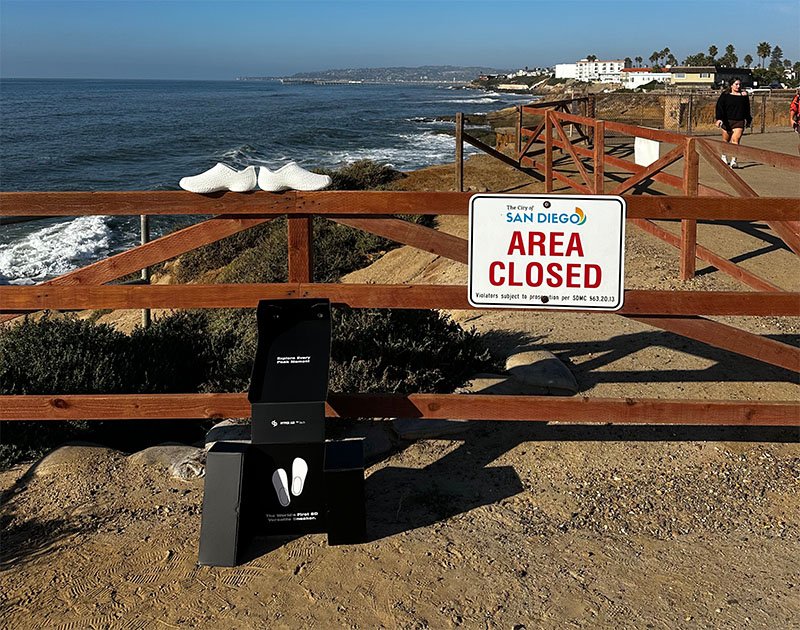
Fit & sizing: practical guide (so you don’t return them)
PollyFab sizing trends are straightforward but worth paying attention to:
- General tip: Many owners report the shoes fit true to size, but if you’re between sizes and have wider feet, consider sizing up slightly.
- Socks: Thin performance socks or no-show socks are usually best; thick hiking socks can make the fit snugger than intended.
- Break-in: There’s not much “breaking in” because the lattice is flexible — but give your feet a few wear cycles to get used to the unique bounce and foot lockdown.
- Arch support: These are not maximalist arch-support shoes; the lattice provides cushioning and distributed support but won’t substitute for custom orthotics.
Care & durability: how to clean yours (and how long they last)
These shoes are surprisingly low-maintenance:
Cleaning
- Rinse off grit with a hose or hand-wash.
- Most owners report machine-washing on a gentle cycle is fine — let them air dry.
- For stubborn stains, a soft brush and mild soap usually do the trick.
Durability
- Expect good resilience: the ELASTO polymer is designed not to collapse under repeated compression.
- Wear patterns depend on use. Casual urban wearers report weeks to months of daily use with acceptable wear; heavy outdoor, abrasive surfaces, or serious trail use will reduce lifespan faster.
Warranty & returns
- Always check the brand page for the latest warranty and returns policy before purchase. Keep your order confirmation and be familiar with the return window.
Where PollyFab shines (use cases that make them sing)
- Travel & packing — Aero’s ultra-light weight and machine-washable build make it perfect for carry-on packing.
- Recovery & post-workout wear — the soft, responsive lattice is excellent for days when you want cushioning without weight.
- Urban commuting — Flux’s springiness and on-the-go comfort suit city walking and quick errands.
- Heat & humid climates — the lattice breathes far better than sealed foam — less sweat, less stink.
Side-by-side: PollyFab vs other 3D-printed or cushioned shoes
What sets PollyFab apart: many shoe makers 3D-print only a midsole and glue it to a conventional upper; PollyFab prints the entire shoe in one piece. That means:
- Fewer seams, fewer glued joins.
- Very low weight (especially Aero).
- An unmistakable lattice aesthetic.
When to prefer other brands:
- Need a robust outsole for technical trails → choose a traditional hiking shoe.
- Want maximum motion control and arch support → choose shoes with structured insole systems or orthotics compatibility.
Price & buying tips
PollyFab positions itself as a premium, tech-forward product. Prices reflect the R&D and unique manufacturing process — but remember the utility: a washable, on-demand printed shoe with specialized polymer is not the same as a simple foam slip-on.
Before you buy
- Check sizing carefully (measure feet and consult the sizing chart).
- Look for authorized retailers and official sales to avoid knockoffs.
- Check return policy and shipment times (on-demand prints can sometimes take longer).
Ready to shop? — [ Compare Flux & Aero prices and sizes — Buy PollyFab → ]
Real user voices — what owners are saying
Here are common sentiments gathered from verified reviews and owner comments:
- “Super light — I wore the Aero for travel and forgot they were in my bag.”
- “Flux adds a pep to my stride without feeling stiff.”
- “I washed them after a beach day — came out fine.”
- “Took a couple days to get used to the lattice feel, but now I love it.”
- “Good for casual runs and walking, but I wouldn’t use them on a greasy trail.”
Pros & Cons — clean and honest — clean and honest
Pros
- Featherlight (Aero is mind-blowingly light).
- Breathable 360° lattice — excellent airflow.
- High rebound and energy return for a springy ride.
- Machine-washable and easy to keep clean.
- Plant-derived polymer reduces fossil inputs.
Cons
- Not for everyone stylistically (very futuristic look).
- May need an adaptation period for users used to foam.
- Traction/feel can differ from classic rubber outsoles — be careful on slick surfaces.
- Limited model choices compared to global mega-brands.
FAQ
A: Generally yes — most users find them true to size. If you’re between sizes and have wide feet, consider sizing up.
A: Short runs and casual jogging are typical use cases for Flux; long-distance runners may prefer running-specific shoes.
A: Hose them off or machine-wash on a gentle cycle; air dry. Avoid high-heat drying.
A: They’re water-friendly and quick-drying, but the lattice is not a sealed waterproof barrier — water will pass through.
A: It’s a partially bio-based elastomer used for elasticity and rebound in the lattice. It’s engineered for durability and machine-washability.
A: They provide distributed support via the lattice but aren’t a drop-in replacement for custom orthotics.
Conclusion: our bottom line
PollyFab is not a gimmick — it’s a credible, innovative step in footwear. If you’re into 3D printing, sustainable materials, and the idea of literally rethinking the shoe as a single printed object, PollyFab delivers in comfort, breathability, and novelty. Aero is for featherweight lovers and travelers; Flux is for people who want a springy, structured trainer without the bulk.
If you want to poke the future of footwear with your toe (or buy a pair and wear it), check current stock and sizes here: [ See current PollyFab prices & sizes — Buy PollyFab → ]


